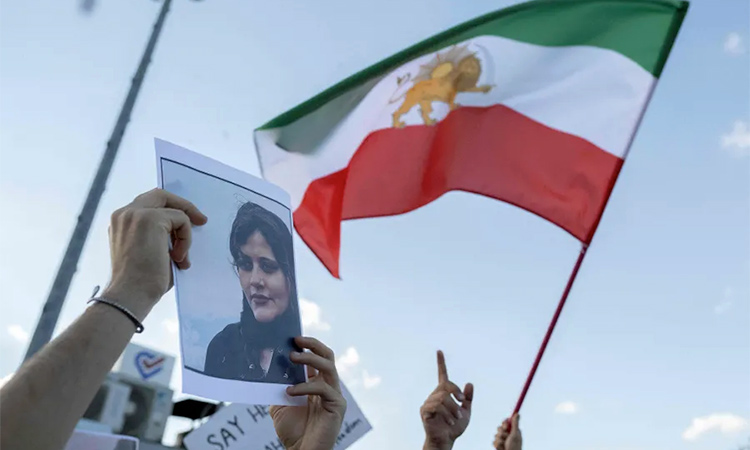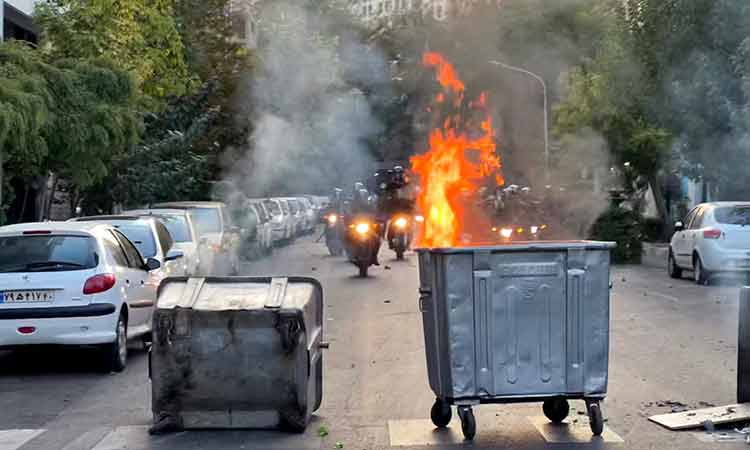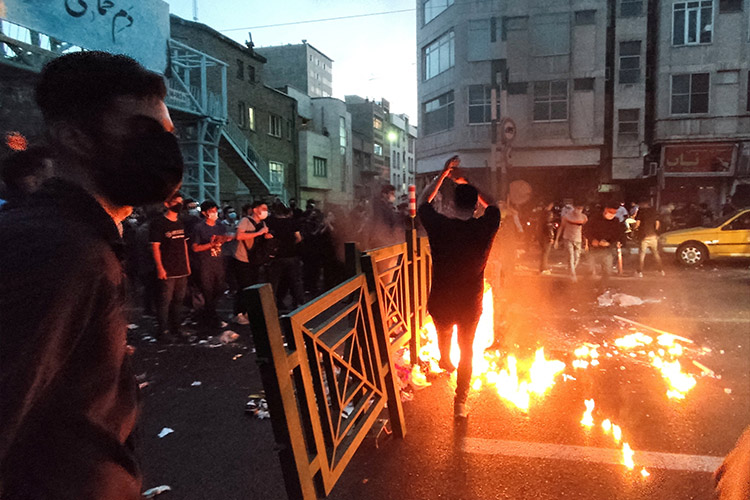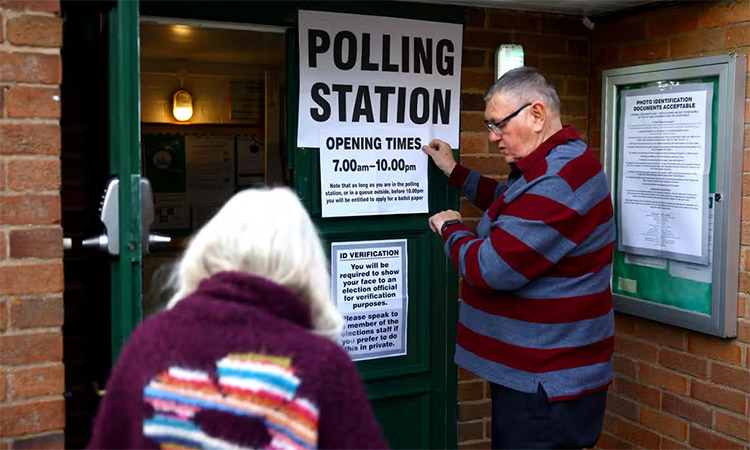Protests could be a long-drawn-out affair in Iran
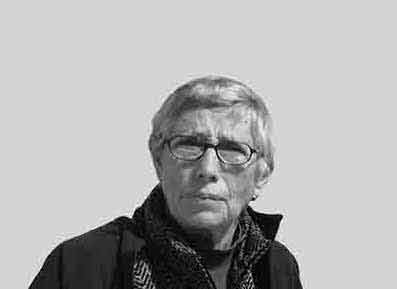
Michael Jansen
The author, a well-respected observer of Middle East affairs, has three books on the Arab-Israeli conflict.
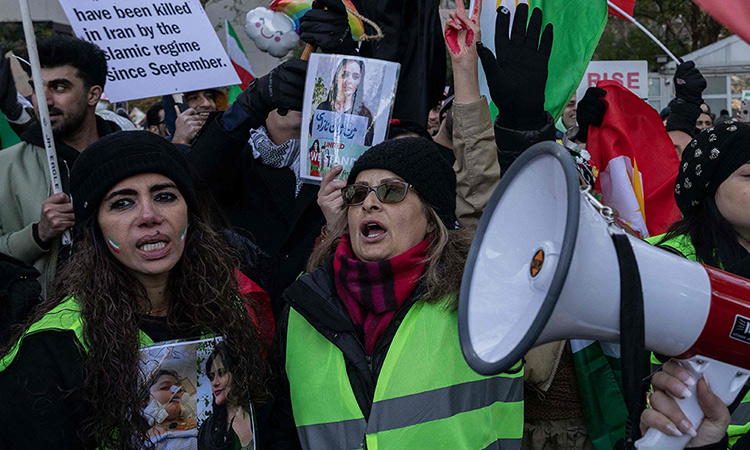
Protesters call on the United Nations to take action against the treatment of women in Iran during a demonstration near UN headquarters in New York City. Agence France-Presse
The boy’s death is significant because he is thought to be the youngest person to die since protests erupted on September 16th following the death of Mahsa Amini, a 22-year old Iranian Kurdish woman in morality police custody for failing to wear her head covering (hijab) properly. Unlike earlier anti-government unrest, these protests are led by women and embrace the whole of society: the young, their parents and grandparents, ethnic Persians, Kurds, Baluch, Arabs and other Iranian minorities. They have spread to 122 cities and towns in all 31 of Iran’s provinces.
The government has prevailed because it is deeply entrenched. Since taking power in 1979, the clerics have built up a loyal military and granted it extensive economic interests. Multiple security agencies have been established and given a free hand. Para-governmental organisations called “bonyads” have taken over the assets of the ousted regime of the Shah and create a large socio-economic sector. The revolutionary movement continues to cultivate and favour the bazzaris (merchants) who supported the toppling of the Shah. Furthermore, many Iranians, including farmers, have benefitted from the clerical government while others fear the sort of infighting that erupted in 1979 if it falls.
Therefore, unless there is a mass revolt comparable to the 1978-1979 rising, or the army switches sides, or takes power, the clerics will remain. The situation now is very different from that in the 1970s. The revolution was led by Ayatollah Ruhollah Khomeini, who had systematically prepared for a takeover. While in exile in Najaf in Iraq and Paris he created a large following by circulating tapes of his messages via mosques and religious schools. He also made plans to eliminate competitors once he was in charge.
Like past Iranian protesters the present “uprisers” have adopted an attractive slogan — “Women, life, freedom” — but have no charismatic leader or leaders or a roadmap for the transition from theocracy to secular democracy.
This is exactly what happened in Egypt in 2011. Millions of Egyptians took to the streets calling for “Bread, freedom and justice” but had no plan for what was to take place if 30-year President Hosni Mubarak stood down. Once he had departed, the revolutionaries squabbled among themselves and did not form a solid coalition with a plan. Consequently, the Muslim Brotherhood, the second oldest and most well organised Egyptian poltical movement, won elections and assumed office. However, the Brotherhood did not have a plan for Egypt and was felled by the military in 2013.
The Iranian clerics have survived a series of major protests beginning with the 1999 student revolt sparked by the closure of a reformist newspaper. Then came the 2009 Green Revolution by reformists against the fraudulent re-election of President Mahmoud Ahmadinejad. There were economic protests in 2017 and the mass uprising in Bloody November 2019 against increased fuel prices. This year’s protests have not yet matched the 2019 unrest which lasted until mid-2020 and became the most violent and destructive anti-government protests since 1978-1979. In 2019 1,500 Iranian protesters were killed, nine religious seminaries were attacked, 731 banks were destroyed, including the central bank, and 50 military bases were attacked. Thousands were arrested.
So far, this year 350 have been killed in ongoing protests and 15,500 arrested. On the one hand, the government clearly does not want a repeat of 2019-2020, while, on the other hand, a tough response — including five death sentences — must be maintained to discourage protesters. Between 38-43 security personnel have been reported killed.
The clerics have charged and convicted protesters for “enmity against God” and have blamed the unrest on outside interference. However, many Iranians dismiss these claims. Instead they have blamed the clerics for mismanagement, corruption, and the misuse of religion as the basis for their reign. This has cost them credibility with the public.
Last week, ex-president Mohammed Khatami, who leads the reformist camp, dismissed the idea that the protests were instigated from abroad but castigated the regime. He declared that these “bitter events” are generated from within the country. “Ignoring or denying the bad situation that is imposed on people does not eliminate dissatisfaction,” Khatami said. Designating protests “riots” to justify harsh counter measures only makes the situation worse, he asserted.
The clerics in power will not listen to his advice, risking prolonged unrest and deepening opposition to their governance and prompting further alienation and protests. The clerics cannot change course as this would negate their claim to have a “mandate from heaven.”
While Khatami, who served two terms, is the most liberal and reformist of Iran’s pro-revolutionary presidents, he no longer commands a large following as the reformists have disappointed the populace, perhaps even more than the status quo hardline conservatives, because reforms were minimal and incremental and cancelled when hardliners took power.
Khatami was elected in relatively free and fair elections while incumbent Ebrahim Raisi is a hardliner who was chosen in another rigged poll in June 2021. His elevation marked the hardline takeover of all the country’s branches of government: the presidency, the parliament and the judiciary.
Experts claim supreme guide Ayatollah Khamenei was responsible for engineering this tripartite coup because he is 83 and ailing and wants to ensure that he is succeeded by a figure from his hardline conservative camp. This could only perpetuate the increasingly fraught situation in Iran and precipitate further mass protests, making the clerics all the more ruthless in their determination to hold onto power.
